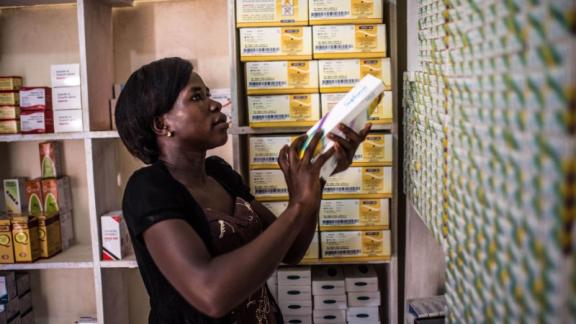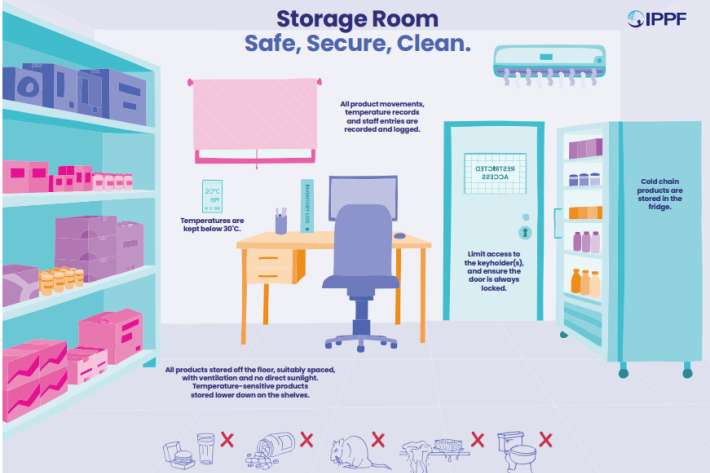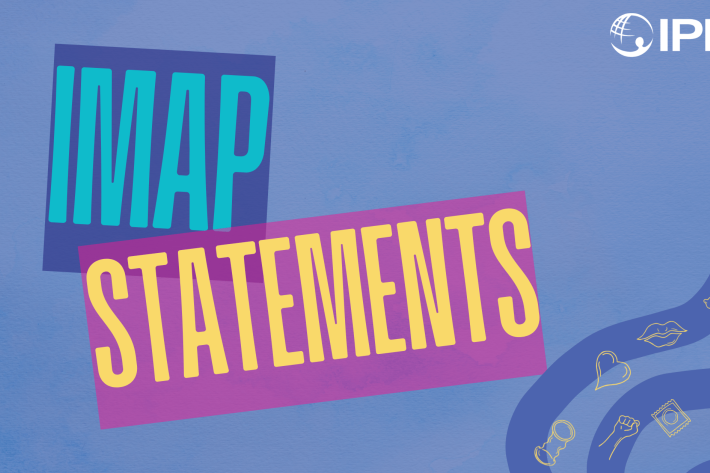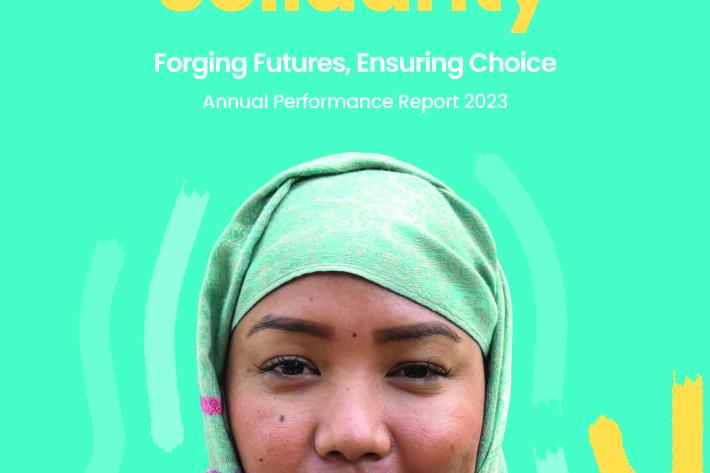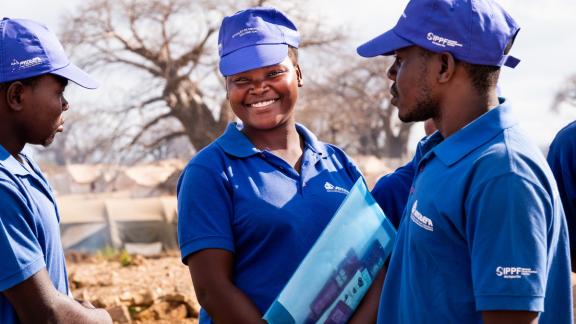Spotlight
A selection of resources from across the Federation
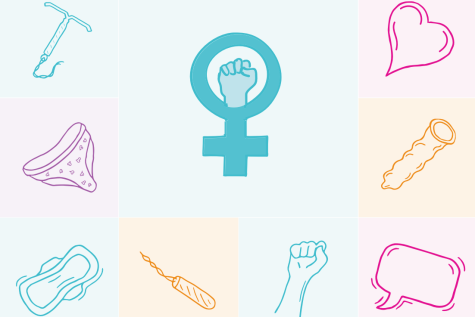
Technical Brief: Designing and Delivering Inclusive, Rights-Based Sexual and Reproductive Healthcare to Transgender and Gender Diverse People
This technical brief outlines key recommendations across several sexual and reproductive health service areas to promote access to inclusive care for transgender and gender diverse people.
Filter our resources by:
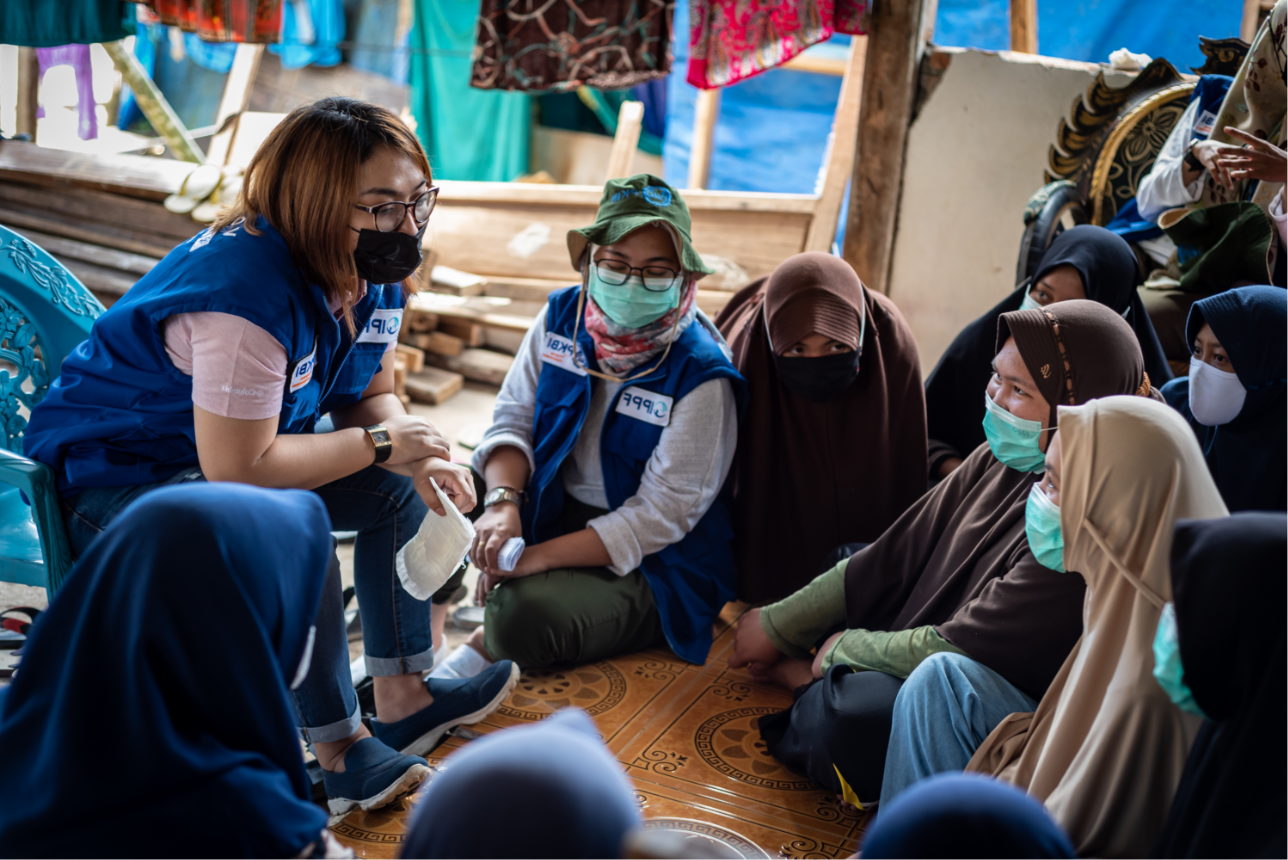
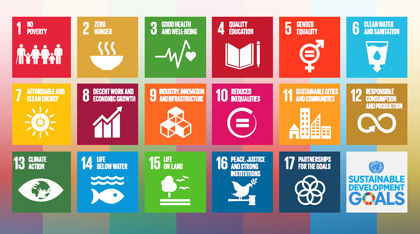
| 18 November 2015
Sustainable Development Goals: A SRHR CSO guide for national implementation
The Sustainable Development Goals (SDGs) are a framework of 17 goals and 169 targets across social, economic and environmental areas of sustainable development, which United Nations (UN) Member States have committed to making a reality over the next 15 years. The SDGs are to succeed the Millennium Development Goals (MDGs), which expire at the end of 2015, but are much broader in their scope. Unlike the MDGs, which were focussed on social issues, the SDGs set out targets across all three dimensions – social, economic and environmental – of sustainable development. Furthermore, while the MDGs were targeted at developing countries, the SDGs are applicable to all countries. The SDGs form part of the 2030 Agenda for Sustainable Development which UN Member States adopted at the UN Sustainable Development Summit in September 2015. The adoption of the Agenda is the culmination of a lengthy process of intergovernmental negotiations and consultations that lasted nearly three years. The outcome document of the process, ‘Transforming Our World: The 2030 Agenda for Sustainable Development’, consists of a short preamble, a declaration (outlining the vision and principles underlying the Agenda), the SDGs and accompanying targets, as well as sections on the means of implementation and the follow-up and review of the Agenda. The 2030 Agenda is an important political consensus document declaring UN Member States’ intent to work collectively towards achieving people-centred sustainable development over the next 15 years. The 2030 Agenda can be expected to affect the policy and funding priorities of both implementing governments and donors during this time, leading to a channelling of global development funding to the areas reflected in the goals and targets and influencing national development strategies and programming. This will present important opportunities for both advocates and service providers of sexual and reproductive health and rights (SRHR).
| 05 October 2015
Inside and Out: Comprehensive Sexuality Education (CSE) Assessment Tool
Comprehensive, gender-sensitive, rights-based sexuality education (CSE) is an essential component of IPPF’s youth programme strategy. This tool is available in English, Spanish and French. Developed in partnership with UNESCO, IPPF’s CSE assessment tool Inside & Out enables Civil Society Organisations to assess the quality and comprehensiveness of their CSE programmes so that they can deliver high-quality rights-based CSE to adolescents and young people, especially in non-formal education settings. It includes analysis of language and messaging, programme development, educator training, interventions and national level health, demographic and social data, with a strong gender focus. The standards are based on IPPF’s Framework for Comprehensive Sexuality Education and the content assessed relates to IPPF’s seven components of CSE including; gender, SRH and HIV, sexual rights and citizenship, pleasure, violence, diversity and relationships. The tool also reflects IPPF and Pop Council’s It’s All One Curriculum. The purpose of Inside & Out is: To review and assess the comprehensiveness and quality of sexuality education programmes both inside and outside school setting (especially programmes run by civil society) based on international evidence and standards of good practice; To generate data that can inform and guide the development, improvement or reform of sexuality education programmes; To assess the relevance of sexuality education programmes in relation to national health, demographic and other social criteria (notably gender); To inform debate and advocacy by generating data on the state of sexuality education that is understandable, easy to analyse and accessible to different audiences; To provide a standardized assessment of sexuality education programmes. Please contact IPPF’s Adolescent, Gender and Rights team for any guidance and support on using the tool at [email protected].
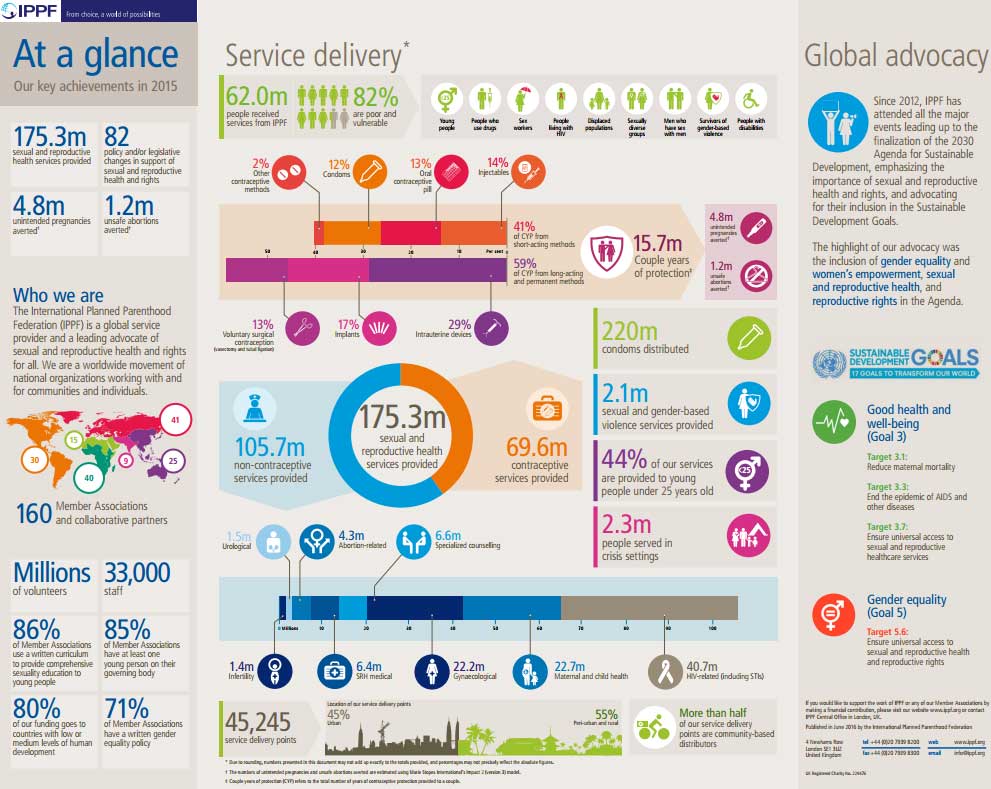
| 10 August 2015
At a Glance 2014
Key facts and figures highlighting IPPF's achievements in 2014.
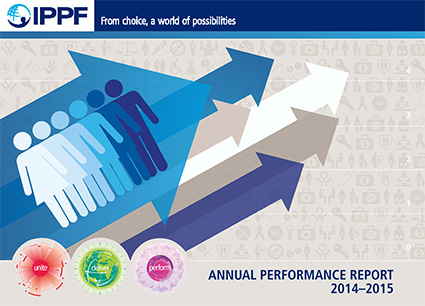
| 30 June 2015
Annual Performance Report 2014-15
2014 was our third year implementing IPPF’s three Change Goals – Unite, Deliver and Perform. We have monitored the trajectory of our growth in performance to date, and are already seeing remarkable success in all three areas, as presented in our Annual Performance Report 2014-2015. Member Associations and collaborative partners in 55 countries contributed to 81 changes in policy or legislation that support or defend sexual and reproductive health and rights. At the regional and global levels, IPPF’s advocacy contributed to 18 changes, of which 12 were advances in safeguarding sexual and reproductive health and rights in the post-2015 development framework. With the delivery of 149.3 million services in 2014, we are on track to achieve our ambitious target of doubling the number of sexual and reproductive health services provided between 2010 and 2015. Over eight in ten clients who accessed services were poor and vulnerable, while almost half of our services went to young people. IPPF’s achievements in 2014 contribute to a strong performance culture where decisions are based on data, organizational learning happens at all levels, technical support is provided to increase effectiveness, and investments are made to support communities most in need.







